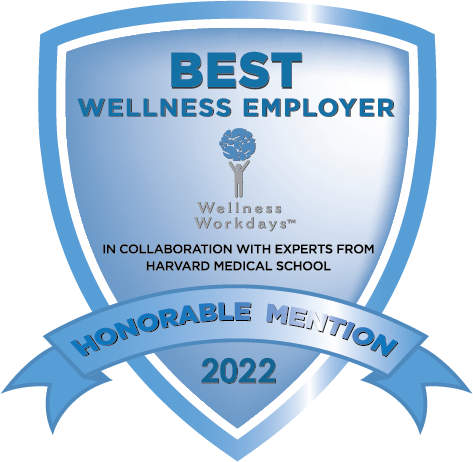Large Hospital System Overcomes Covid Hiring Challenges
Health systems are consistently challenged with trying to fill open positions. The nursing shortage, which has been a problem for years, coupled with high turnover and unprecedented competition for qualified talent, has created a dire situation. And it is not just clinical professionals that are in demand. Competition for Allied Health and Support Services staff is stretching the skills of even the most experienced recruiter.
DoubleStar, known for its solid approach to Talent Acquisition solutions, was contacted by a large hospital system in early 2020, to assist with its regular nurse hiring. This assignment is in DoubleStar’s wheelhouse, however, as the pandemic hit, the hospital’s hiring needs increased and changed exponentially. Its nursing shortage became a nursing crisis, and its support people were leaving in droves. The number of ‘open reqs’ skyrocketed per recruiter, in every area of hiring. They needed people—fast—to keep the hospital running and secure while caring for patients.
As a result, our team of six recruiters was tasked with ever-changing roles from sourcing nurses and support staff as background support for the client’s front-facing recruiters, to staffing emerging vaccine clinics as time went on. Eventually, as the pandemic eased a bit our team members slowly rolled off the project one by one.
Changing Labor Market Presents New Challenges
As the country’s labor market changed again, it presented challenges for many of DoubleStar’s healthcare clients. For this particular client, identifying, hiring, and onboarding new employees in mass quantities became something they just could not handle alone. They requested support from DoubleStar—an initial request that started with one researcher and grew to a team of over twenty individuals.
Cool heads, a high level of organization, and a few compromises
were needed to address this unprecedented challenge.
DoubleStar had a qualified team of recruiters, researchers, and coordinators with nursing and healthcare hiring experience, but not the number of people needed to address a request of this size. As a result, we asked the client for a few compromises: Could they add recruiters with experience outside of healthcare and train them? Could we build a completely virtual team, to be assembled over time, to address the hospital’s increasingly complex hiring needs?
To meet the needs of the client, we had to
become more agile, learn quickly, and adjust fluidly.
To accomplish that, we promoted one of our top Recruitment Consultants, who had worked with this client since the beginning, to a leadership role. This helped to manage the day-to-day operations of the project. Over the course of the next nine months, we hired twenty-three Talent Acquisition professionals from all over the country—with the objective of building a cohesive team to meet our client’s volume of hiring needs.
A Complete Recruiting Solution—All Under One Roof
By partnering with DoubleStar, you have the advantage of a team that shares resources, learnings, tips, and problem-solving strategies in a highly collaborative environment where the success of one person translates into the success of the team. There are no egos, no competition, no outside agendas—just a group of hard-working individuals focused on meeting the client’s needs. Furthermore, the client does not have to worry about educating multiple vendors, keeping track of multiple invoices, or figuring out who is in charge. At DoubleStar, there is one executive in charge of the project and one cohesive team working on the deliverables.

The DoubleStar Difference
Honesty & Transparency
With Frequent Communications
Versatility
to Expand & Contract
Project Delivery
Especially During Challenging Times




